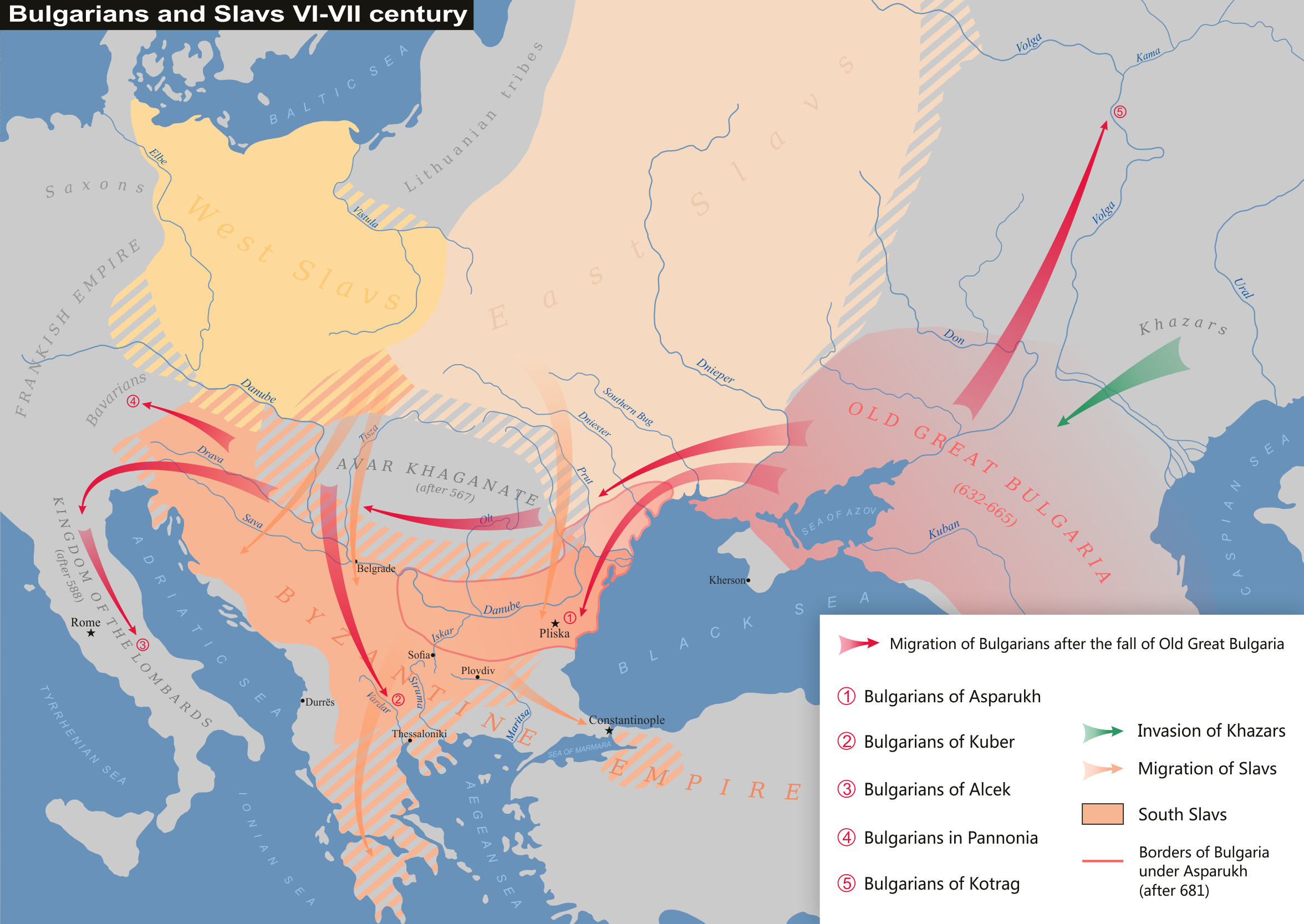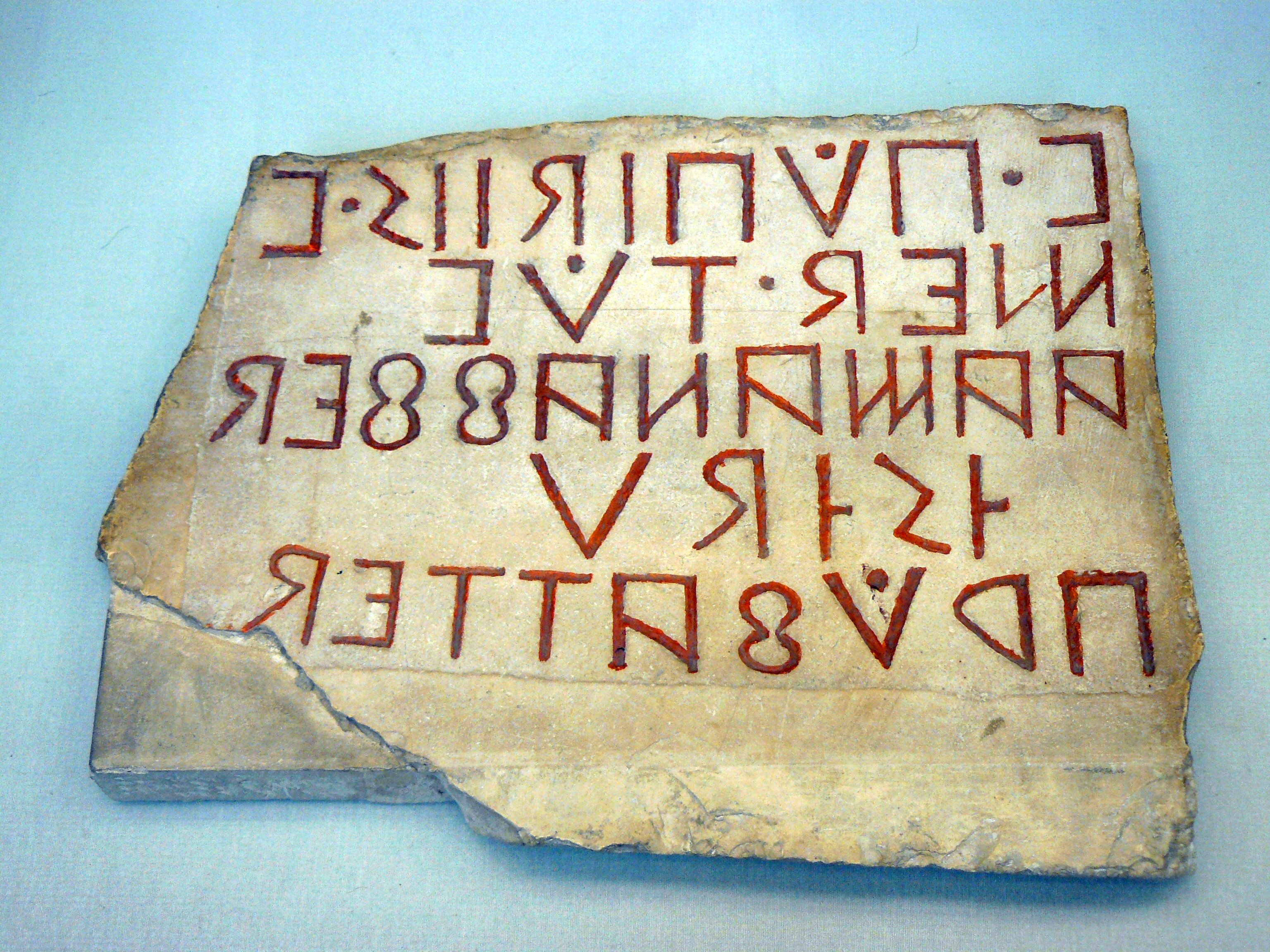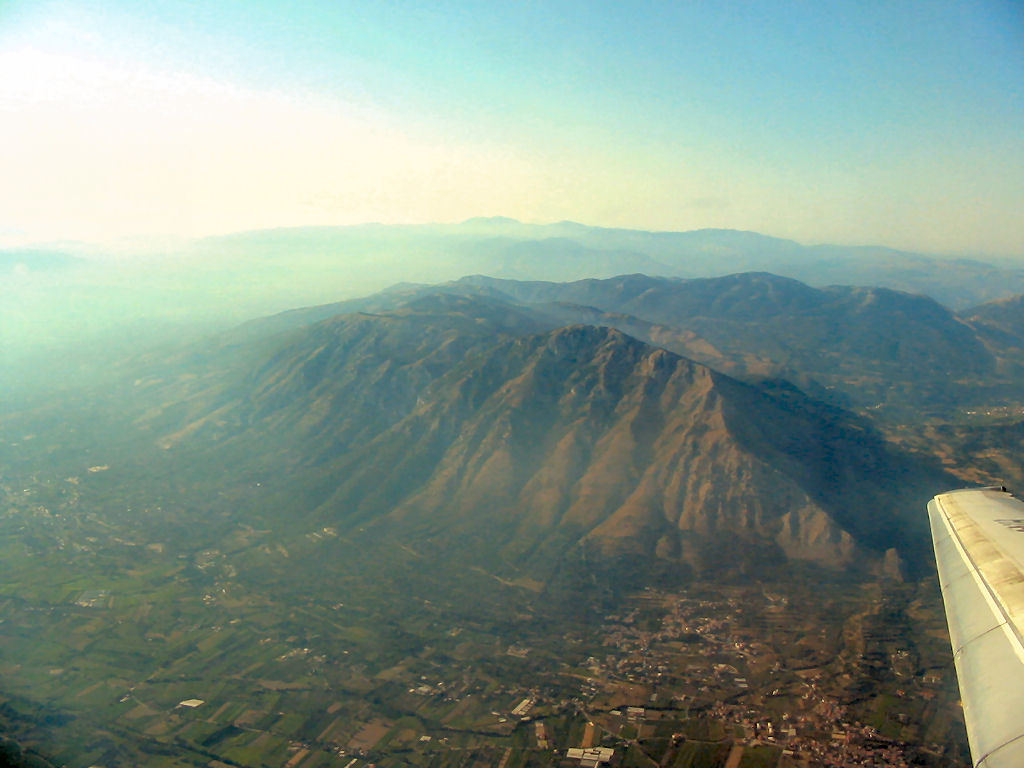|
Matese
The Matese ( Italian: Monti del Matese or Massiccio del Matese) is a chain of mountains in southern Apennines, southern Italy. Geography The Matese mountains straddle two regions (Molise and Campania) and four provinces (Campobasso, Isernia, Benevento and Caserta). The highest peak, on the boundary between Molise and Campania, is the Monte Miletto, at 2,050 m, followed by La Gallinola (1,923 m a.s.l.), Monte Mutria (1,823 m a.s.l.), Monte Monaco di Gioia and Monte Maio. Westwards, it faces the middle valley of the Volturno River towards the Monti Trebulani, while eastwards it faces the Molisan Pre-Apennines; northwards it is bounded by the Mainarde chain and, from the south, by the Camposauro and Taburno mountains. From north to south, the massif has an extension of some 60 km, while from east to west it measures some 25 km. They are included in the regional Park of the Matese, and include a lake of glacial origin (Lake Matese), two artificial lakes (lakes of ... [...More Info...] [...Related Items...] OR: [Wikipedia] [Google] [Baidu] |
Province Of Caserta
The Province of Caserta ( it, Provincia di Caserta) is a province in the Campania region of southern Italy. Its capital is the city of Caserta, situated about by road north of Naples. The province has an area of , and had a total population of 924,414 in 2016. The Palace of Caserta is located near to the city, a former royal residence which was constructed for the Bourbon kings of Naples. It was the largest palace and one of the largest buildings erected in Europe during the 18th century. In 1997, the palace was designated a UNESCO World Heritage Site. History The province of Caserta in the historical Terra di Lavoro region, also known as Liburia, covered the greatest expanse of territory around the 13th century when it extended from the Tyrrhenian Sea and the islands of Ponza and Ventotene to the Apennines and the southern end of the Roveto Valley. In the Kingdom of Naples and the Kingdom of the Two Sicilies, Caserta was one of the most important departments in southern Ita ... [...More Info...] [...Related Items...] OR: [Wikipedia] [Google] [Baidu] |
La Banda Del Matese
The Banda del Matese was a group of Italian republicans affiliated with the Italian First International who plotted an insurgent rebellion in the Matese mountains in 1877. The group of 26 men included later anarchist leaders (Carlo Cafiero, Errico Malatesta), veterans of Garibaldi (Pietro Ceccarelli, Vincenzo Farina), and Russian revolutionary Stepniak. Inspired by the 1875 rediscovery of Carlo Pisacane's writings, the group planned a rebellion through propaganda by deed Propaganda of the deed (or propaganda by the deed, from the French ) is specific political direct action meant to be exemplary to others and serve as a catalyst for revolution. It is primarily associated with acts of violence perpetrated by pro ... in which they would occupy buildings, upset rail travel and communication, and encourage property redistribution as a means of showing their group's dedication to sociopolitical change. They surrendered to the military after six days. The group was acquitted in 18 ... [...More Info...] [...Related Items...] OR: [Wikipedia] [Google] [Baidu] |
Gallo Matese
Gallo Matese (Molisano: ) is a ''comune'' (municipality) in the Province of Caserta in the Italian region Campania, located in a valley near the Matese Apennines chain and the boundary with Molise, about north of Naples and about north of Caserta. Its territory is also home of an artificial lake with the same name. The territory is mostly mountainous. The town was one of the few settled by a small Bulgar Bulgar may refer to: *Bulgars, extinct people of Central Asia *Bulgar language, the extinct language of the Bulgars *Oghur languages Bulgar may also refer to: *Bolghar, the capital city of Volga Bulgaria *Bulgur, a wheat product *Bulgar, an Ashke ... horde in the 7th century. References External linksOfficial website Cities and towns in Campania {{Campania-geo-stub ... [...More Info...] [...Related Items...] OR: [Wikipedia] [Google] [Baidu] |
Alcek
Alcek or Alzeco was allegedly a son of Kubrat and led the Altsikurs to Ravenna that later settled in the villages of Gallo Matese, Sepino, Boiano and Isernia in the Matese mountains of southern Italy. Alzeco should not be confused with the Pannonian Bulgar leader Alciocus who joined the Wends before Alzeco was born. After the collapse of Old Great Bulgaria, some of the Bulgars, led by Alzeco, thought to be a son of Khan Kubrat, settled in the lands of the Longobard Kingdom. Paul the Deacon places a settlement in his history of the migration of the Bulgars in the area of the Duchy of Benevento. Under the leadership of Alzeco, the Bulgars (called "Vulgars" by Paul) came to Italy in Benevento, where they settled in the Molise region. Alciocus The earlier Khagan called Alciocus who was the leader of Bulgar hordes of the Avar Khanganate, is also known. The main source for these events is the medieval chronicle of Fredegar. In 631 Samo led a rebellion against the Pannonian Avars. A ... [...More Info...] [...Related Items...] OR: [Wikipedia] [Google] [Baidu] |
Apennines
The Apennines or Apennine Mountains (; grc-gre, links=no, Ἀπέννινα ὄρη or Ἀπέννινον ὄρος; la, Appenninus or – a singular with plural meaning;''Apenninus'' (Greek or ) has the form of an adjective, which would be segmented ''Apenn-inus'', often used with nouns such as ("mountain") or Greek (), but ''Apenninus'' is just as often used alone as a noun. The ancient Greeks and Romans typically but not always used "mountain" in the singular to mean one or a range; thus, "the Apennine mountain" refers to the entire chain and is translated "the Apennine mountains". The ending can vary also by gender depending on the noun modified. The Italian singular refers to one of the constituent chains rather than to a single mountain, and the Italian plural refers to multiple chains rather than to multiple mountains. it, Appennini ) are a mountain range consisting of parallel smaller chains extending along the length of peninsular Italy. In the northwest t ... [...More Info...] [...Related Items...] OR: [Wikipedia] [Google] [Baidu] |
La Gallinola
La Gallinola is among the highest peaks of the Matese, the highest mountain in Campania. The environment is karst, with persistent grass and without large trees, as expected on the summit of a carbonate massif. Located on the Apennines ridge between Campania and Molise, from the top it can be enjoyed at a wide panorama that, on clear days, sweeps between the Tyrrhenian and Adriatic Sea The Adriatic Sea () is a body of water separating the Italian Peninsula from the Balkans, Balkan Peninsula. The Adriatic is the northernmost arm of the Mediterranean Sea, extending from the Strait of Otranto (where it connects to the Ionian Sea) ...s. Sources Mountains of Campania Mountains of Molise Highest points of Italian regions {{italy-mountain-stub ... [...More Info...] [...Related Items...] OR: [Wikipedia] [Google] [Baidu] |
Monte Mutria
The Monte Mutria is a mountain in the Matese mountain range, part of the central-southern Apennines, southern Italy. Having an altitude of 1,822 m, it is located in the eastern part of the massif, on the boundary between Molise and Campania. Its peak commands the valleys of the rivers Tammaro eastwards, Calore Irpino southwards, Volturno westwards, and both the Tyrrhennian and the Adriatic Seas are visible from it. In ancient times, it was a sacred place to the Italic tribe of the Samnites. The Molisan side has wide woods of pines and beeches, while the Campanians' side is more rocky, with parts characterized by Karst topography Karst is a topography formed from the dissolution of soluble rocks such as limestone, dolomite, and gypsum. It is characterized by underground drainage systems with sinkholes and caves. It has also been documented for more weathering-resistant .... Mountains of Campania Mountains of Molise Mountains of the Apennines {{Italy-mount ... [...More Info...] [...Related Items...] OR: [Wikipedia] [Google] [Baidu] |
Molise
it, Molisano (man) it, Molisana (woman) , population_note = , population_blank1_title = , population_blank1 = , demographics_type1 = , demographics1_footnotes = , demographics1_title1 = , demographics1_info1 = , demographics1_title2 = , demographics1_info2 = , demographics1_title3 = , demographics1_info3 = , timezone1 = CET , utc_offset1 = +1 , timezone1_DST = CEST , utc_offset1_DST = +2 , postal_code_type = , postal_code = , area_code_type = ISO 3166 code , area_code = IT-67 , blank_name_sec1 = GDP (nominal) , blank_info_sec1 = €6.5 billion (2018) , blank1_name_sec1 = GDP per capita , blank1_info_sec1 = €20,900 (2018) , blank2_name_sec1 = HDI (2018) , blank2_info_sec1 = 0.863 · 15th of 21 , blank_name_sec2 = NUTS Region , blank_info_sec2 = ITF , w ... [...More Info...] [...Related Items...] OR: [Wikipedia] [Google] [Baidu] |
Samnites
The Samnites () were an ancient Italic people who lived in Samnium, which is located in modern inland Abruzzo, Molise, and Campania in south-central Italy. An Oscan-speaking people, who may have originated as an offshoot of the Sabines, they formed a confederation consisting of four tribes: the Hirpini, Caudini, Caraceni, and Pentri. Although allied together against the Gauls in 354 BC, they later became enemies of the Romans and fought them in a series of three wars. Despite an overwhelming victory at the Battle of the Caudine Forks (321 BC), the Samnites were subjugated in 290 BC. Although severely weakened, the Samnites would still side against the Romans, first in the Pyrrhic War and then with Hannibal in the Second Punic War. They also fought in the Social War and later in Sulla's civil war as allies of the Roman consuls Papirius Carbo and Gaius Marius against Sulla, who defeated them and their leader Pontius Telesinus at the Battle of the Colline Gate (82 BC ... [...More Info...] [...Related Items...] OR: [Wikipedia] [Google] [Baidu] |
Taburno
Taburno Camposauro is a massif located in the Apennines, to the west of Benevento, in the Campania region of Southern Italy. Its highest peak is the Taburno, at 1,393 m. It is composed of two groups of calcareous mountains separated by a plain. The fauna is affected by human activities, but the birdlife is very diverse. Several historical structures, mainly religious, are located on the massif. A DOC wine is produced in the area. History The Romans knew the mountain by the name ''Taburnus''. It lay in the Caudine part of the Samnium, near the location of the famous Battle of the Caudine Forks. The name seems to come from the Oscan language. The mountain was mentioned by Virgil in the ''Aeneid'' and in the ''Georgics'', where he described it as "mighty". In his ''Cynegeticon'', Gratius Faliscus described the mountain as "craggy". Bands of brigands used the massif as a refuge and a base for their activities, especially immediately after the unification of Italy. Geography ... [...More Info...] [...Related Items...] OR: [Wikipedia] [Google] [Baidu] |
Letino
Letino is a ''comune'' and small village in the province of Caserta, in Campania, southern Italy. It was one of the villages liberated by the Italian Libertarian Communist Insurrection of 1877 by Errico Malatesta, Carlo Cafiero, Pietro Cesare Ceccarelli, the Russian Stepniak and 30 other comrades. Another village in the same province, Gallo Matese Gallo Matese (Molisano: ) is a ''comune'' (municipality) in the Province of Caserta in the Italy, Italian region Campania, located in a valley near the Matese Apennines chain and the boundary with Molise, about north of Naples and about north of ..., was also involved. References External linksLetino photos Cities and towns in Campania {{Campania-geo-stub ... [...More Info...] [...Related Items...] OR: [Wikipedia] [Google] [Baidu] |
Province Of Benevento
The Province of Benevento ( it, Provincia di Benevento) is a province in the Campania region of Italy. Its capital is the city of Benevento. Geography The province has an area of 2,071 km2, and, , a total population of 279,308. There are 78 '' comuni'' in the province (for the full list, see comuni of the Province of Benevento). The biggest municipalities, the only ones over 10,000 inhabitants, are Benevento, Montesarchio, Sant'Agata de' Goti and San Giorgio del Sannio. The territory of the province of Benevento closely approximates that of the Principality of Benevento in the mid and late eleventh century. It borders Molise ( province of Campobasso) on the North, Apulia ( province of Foggia) on the East, the province of Avellino and the metropolitan City of Naples on the South, and the province of Caserta on the West. The lowest point is in the comune of Limatola (44 meters above sea level), while the highest point is Monte Mutria (1822 meters), one of the mountains ... [...More Info...] [...Related Items...] OR: [Wikipedia] [Google] [Baidu] |


.jpg)

